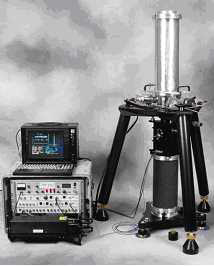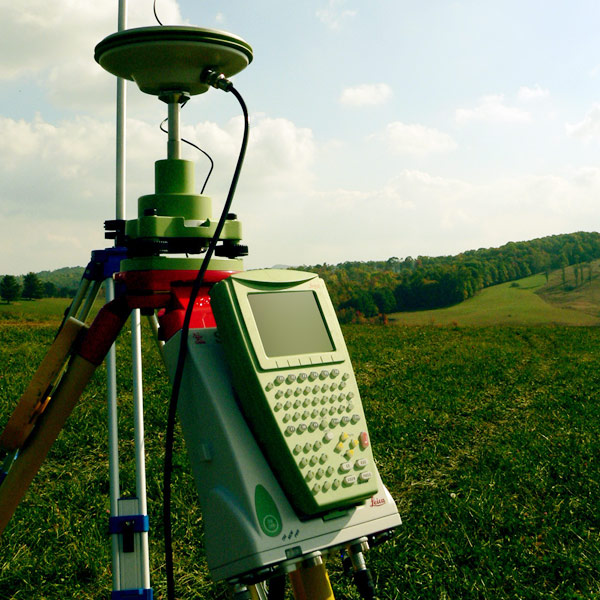Section 2 : Ways that volcanic eruptions can be predicted.
Main question to this section:
1. To what extend can volcanoes be successfully predicted?
Tiltmeter
Rising magma within a volcano often causes ground deformation. This instrument measures ground deformation measured by tiltmeters. Tilting is for instance measured when rising magma makes a bulge.
Below are some of the other methods:
Hazard assessment maps
On the hazard assessment maps the areas of greatest danger and highest risk around a volcano are defined. It is very important the danger zones have been pointed out very precisely and correctly so the people who are living in those areas or danger zones can be evacuated.
Seismograph
The seismograph uses a pendulum to record movement of the ground below it. The squiggly lines recorded on paper by a seismograph are called a seismogram.
Gravimeter
Since magma gives off electric currents, electric meters are used tospot rising magma levels by measuring its electric current. Gravimeters can also detect flowing magma.
Landsat satellite
Scientists also take temperatures and gauge gas by using a Landsat satellite. The satellite uses infared sensors to detect temperatures and changes in volcanoes.
GPS (Global Positioning System)
This is an example of a GPS.
GPS(Global Positioning System) is a method to determine position of locations on Earth. It uses satellites that broadcast a signal and receivers that pick up and record the signal. GPS uses the relationship between velocity, distance, and time (with GPS, the velocity is the speed of light. Knowing the velocity and time (and the position of the satellite) allows the distance to be calculated. As magma moves up into a volcano the volcano swells and distances between points on the volcano increases) and the elevation at specific points increases. Such a change is a common occurrence prior to an eruption.
In conclusion, volcanologists use these instruments to successfully predict eruptions which saves many lives. Scientists are trying to develop new ways to predict future eruptions.
2. How accurate are these techniques?
These techniques are definitely very accurate but sometimes, a volcanic eruption are just unpredictable. Hence, these equipments or techniques help volcanologists study the changes of an active volcano and predict when these volcanic eruption would occur so that people would not feel the imminent danger
3. Why is it generally easier to predict volcanic eruptions than earthquake?
Volcanic eruptions are easier to predict than earthquakes, as minor earthquakes are often the first 'sign' of a following volcanic eruption. The example of Mount St. Helens underlines this, as first signals of a coming volcanic eruption could be noticed already three months before the actual eruption. These signals can be either minor earthquakes or even gas production in a volcano shows that it is 'active.'
Earthquakes are harder to predict as they occur suddenly without any warning or with short notice. However both earthquakes and volcanoes can be monitored and observed by seismographs, tilt meters, lasers, GPS and observation. Furthermore some animals like catfishes can be used to predict them as they are very sensitive. It is also possible to create hazard maps as prediction for volcanic eruptions. These are based on previous eruptions and close observations







0 Comments:
Post a Comment
Subscribe to Post Comments [Atom]
<< Home